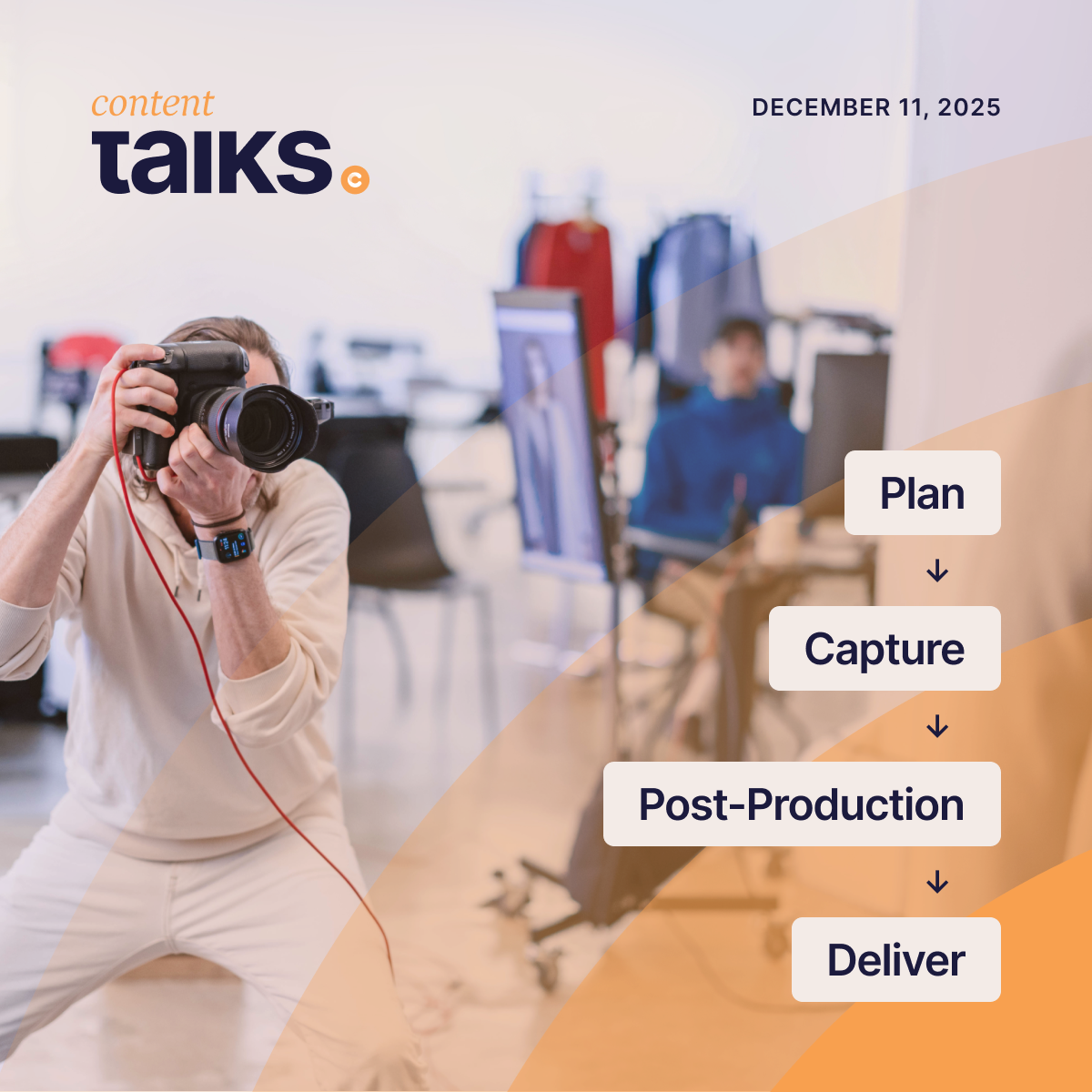Successfully Navigating Client Expectations by Setting Goals
Over the past month, we’ve shared guides to help studio managers achieve thriving teams, smarter workflows, and more efficient eComm studio management. But who’s it all for? As a studio manager, we know that meeting client or corporate expectations to deliver high-quality product photography, on time, is a critical part of your role.
You might have noticed we’ve been releasing some early-access guides from our upcoming Studio Manager Playbook. Last week, you learned about smart and savvy budget management approaches to help you run a tight ship amidst new financial realities in the eComm photography landscape.
Now, we’re taking a close look at another important studio manager “play” that’s closely intertwined with budgets – setting realistic goals to better navigate client expectations and prevent misalignment and misunderstanding.
Why Setting Goals is Important in a Studio
Working with client expectations is a delicate dance for studio managers. You need high-level communication skills and the ability to be realistic and transparent about goal setting - without compromising on ambition and the drive to deliver results that go above and beyond.
“You’ll often find that the higher the budget, the higher the quality of images being delivered - and the more a client wants to be involved in decision-making,” says Florian Wendländer, our product manager who has seen it all in his work supporting eCommerce studios.
“Now, budgets are going down across clients, but they’re still trying to achieve the same results with cheaper models and higher KPIs.”
This can present a challenge when it comes to client expectations and alignment. To address this, it’s important to set realistic goals with the client or corporate team. But how? Let’s revisit some tips on smart goal setting we’ve picked up from speaking to studio managers around the world.
Set Clear Creative Parameters and Workplace Goals
Setting goals and clearly-defined parameters about what creative should and shouldn’t do in the production process helps secure alignment with the client and prevent misunderstandings down the line.
Speaking to host and Creative Force chief evangelist Daniel Jester in episode 22 of our Creative Operations podcast, Heather Johnson of Rent the Runway explains how setting visual goals for a new creative direction and trying them out with test shoots helped visualize the capabilities of the creative team and what they can do.
“I was like, why don't we do a test shoot? Let's show them that we can follow through on what we're promising here, that we can actually produce this content."
Other teams then had opportunities to provide feedback to adjust lighting and processes - and misalignment was minimized.
Set Goals But Be Prepared for Change Anyway
By establishing relationships across teams and opening up about how you work to external stakeholders, people can shift expectations more easily when things don’t go according to plan - and find smarter solutions. That’s something Tracey Smith of Zumiez talks about in episode 17 of the Creative Operations Podcast.
“That is one of the great things about when you collaborate with other teams. You're aligning on those goals and expectations and timelines, but at the end of the day, we all realize we work for eCommerce and there are just a lot of priorities and a lot of things going on and things may shift, so it's great that we kind of all have similar outlined expectations for how those projects go,” she says to host Daniel Jester.
“But for sure, there's the realization that things can change and we are adaptable to those changes...it's okay if things don't go exactly according to plan and we just adjust and we move forward.”
Establish Your Expectations of the Client, Too
As a studio manager, you’ll also have expectations of your client or corporate team to help you deliver the very best results on their behalf. Here are some examples:
The expectation of a timely photo review from the client’s side - you’ll need the client to make decisions and calls within a specific time frame, or you’ll run out of turnaround time and not be able to deliver on schedule. Setting up a system, worksheet, or template - with clear timeframes for review – will help keep things running smoothly.
Another expectation is for “clean data” from your client to plan accordingly and create correct style guides - reducing the risk of delays and reshoots. This includes information such as preferred model poses or how many images are required per product - which you’ll need before a shoot.
Client's or corporate teams’ style requirements are often adjusted and updated - which can cause chaos if you’re shooting with a fluctuating team of freelancers. That’s why it’s important to develop an efficient system whereby clients can instantly inform you about changes. Learn more about how centralizing your information with a single source of truth can help you and your clients stay on top of style requirements and style guides.
In Closing
Expectations keep us all to a high standard of work - but things can go south when they’re not aligned, compromising the quality of your studio’s output. By communicating effectively, being transparent, and setting smart goals, we can ensure our expectations are aligned to ensure great results in a unified vision.










